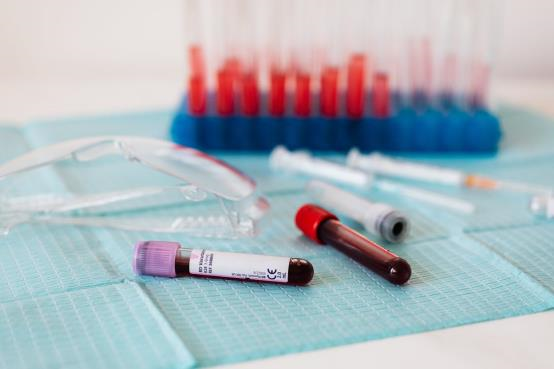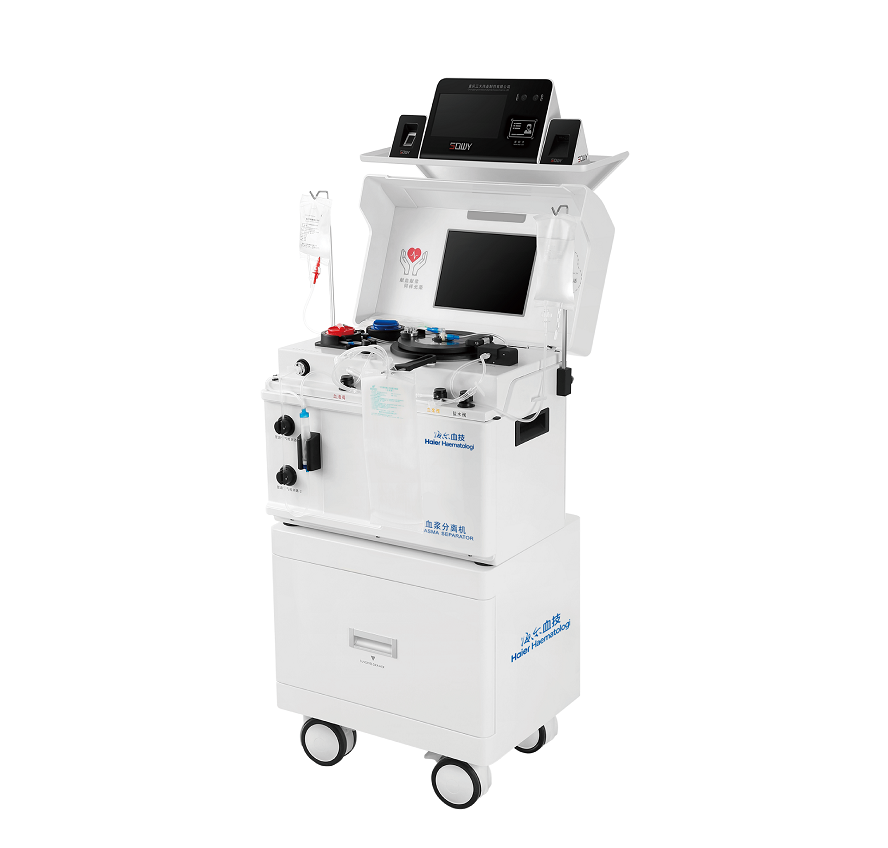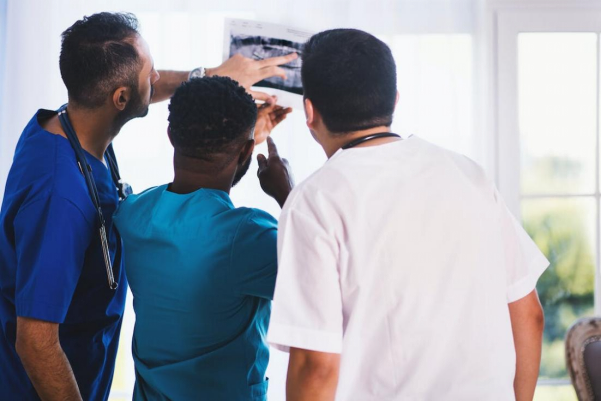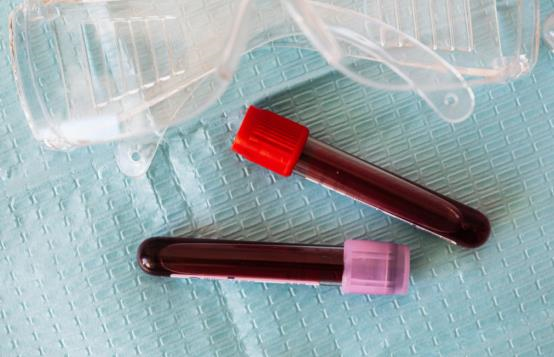Starting in April, young children with mysterious cases of acute liver inflammation began to attract scientific and media attention in the United Kingdom and elsewhere around the world. Most would recover, some after liver transplants, however, loss of life sadly did occur.

Physicians could find no evidence in the children of viruses that typically cause hepatitis, but researchers homed in on an unexpected suspect: adenovirus, a family of cold-causing viruses common in kids. Unfortunately, we are unable to cure these children with the virus.
There is a modern plasma separator designed to separate different blood components according to their densities and viscosities. Plasmapheresis is a medical procedure in which blood is extracted, and then returned into human body after plasma is separated from blood cells.

This technology has set some experts thinking: is it possible that a future medical device could be used to "separate" and "replace" viruses and thus remove pathogenic substances and cure diseases as a plasma separator does?
This conjecture may become a permanent research theme in life science in the future. We believe such a device will be made available soon. Now we need to focus our attention on Haier Biomedical’s plasma separator, a mature product that has already been put into application.

What lies at the heart of the Haier Biomedical plasma separator is "plasmapheresis", which is mainly used in two scenarios:
1. Plasmapheresis Center. The plasmapheresis center is intended to separate apheresis plasma to be used as an albumin-like raw material.
2. Medical treatment. For example, a plasma separator can be employed to collect apheresis plasma from patients recovering from coronavirus. Such plasma contains antibody that can be used for patients with autoimmune diseases.
In addition, the Haier Biomedical plasma separator has been upgraded on the basis of traditional plasma separators. It uses intelligent interconnection methods to ensure that the separation process is completely traceable, thus improving the safety and security for the donor in the following ways:
1. The data and identity protection system collects information regarding ID cards, faces, fingerprints, and bar codes to ensure that reformation about the donor and recipient is correct.
2. Data can be automatically processed, saving precious time, and reducing pressure for medical staff.
3. The separator will emit an alarm sound and corresponding text prompt in case of any mishanging of anticoagulant. If this occurs, the system is unable to carry out the next operation, thus avoiding any accident that endangers the safety of the plasma donor.
4. The comprehensive monitoring surveillance system monitors the plasma collection process in an all-directional multi-angle way.















.png)



























